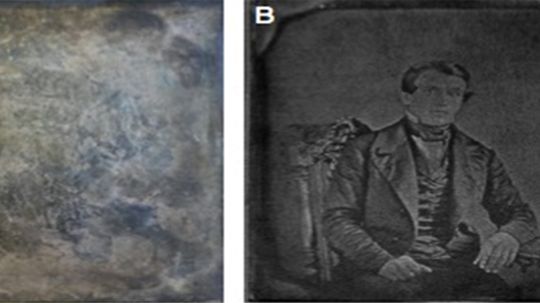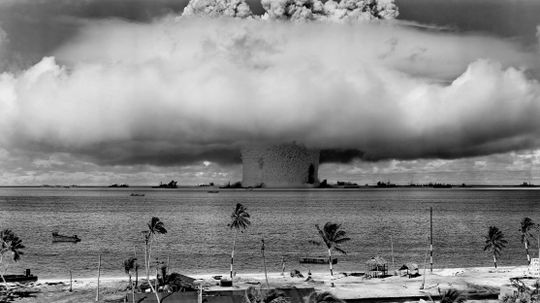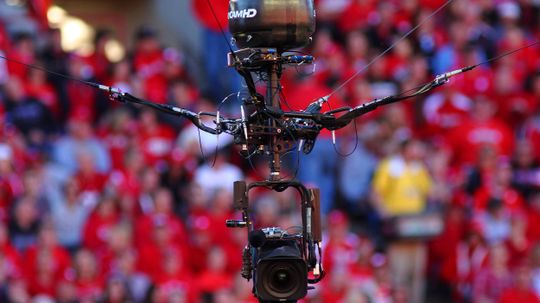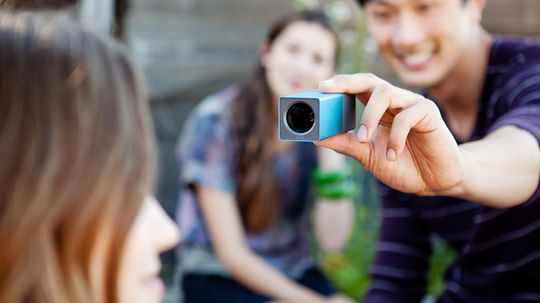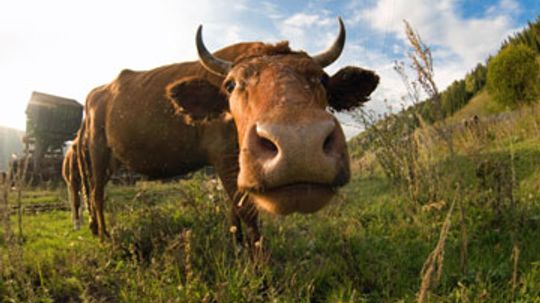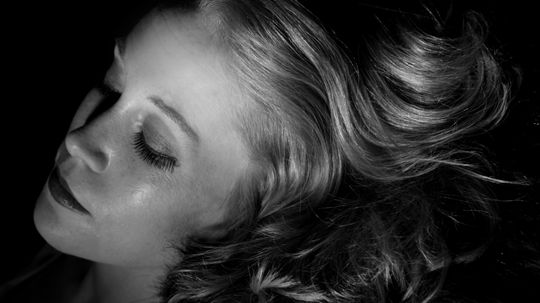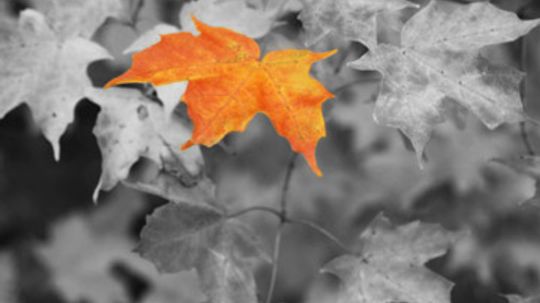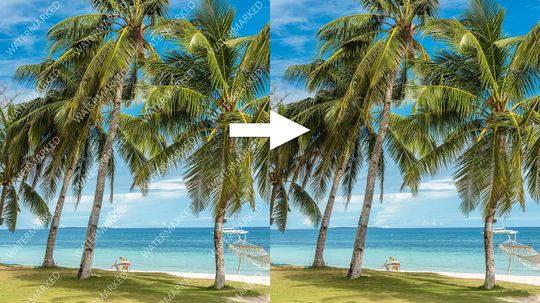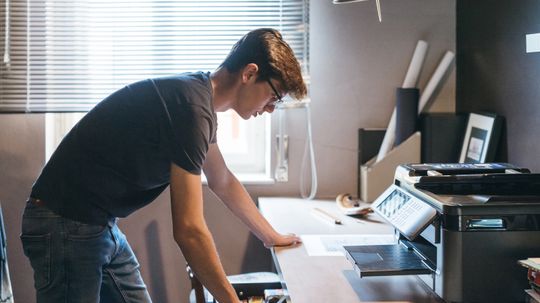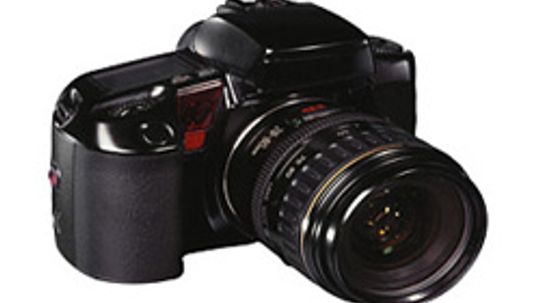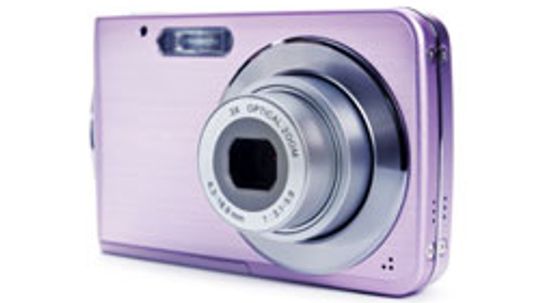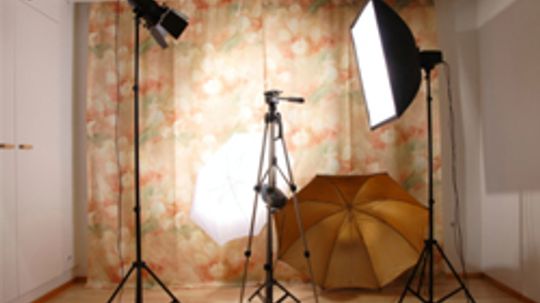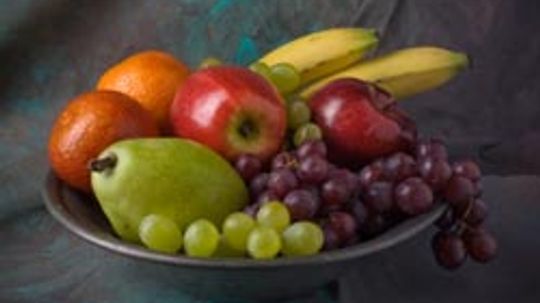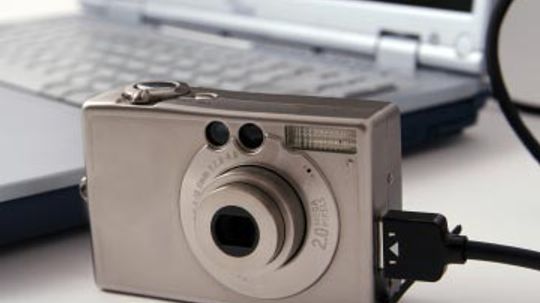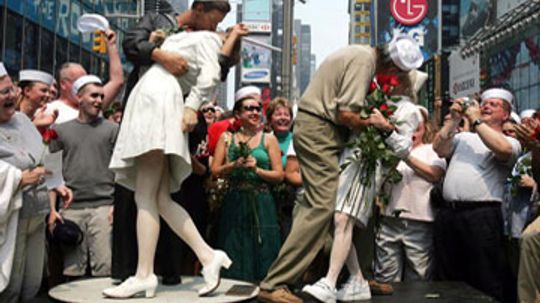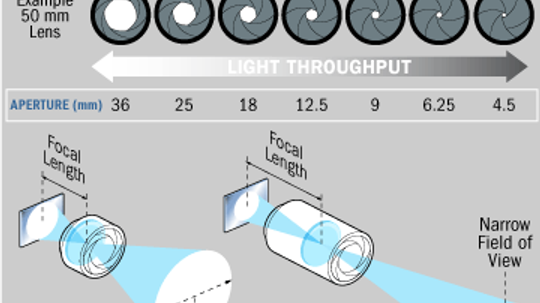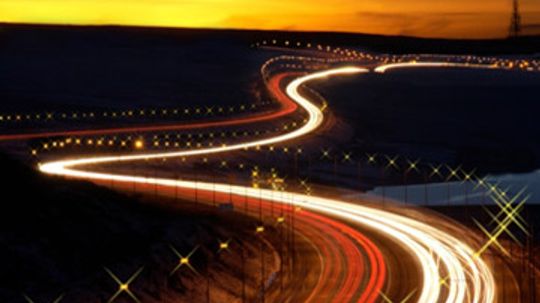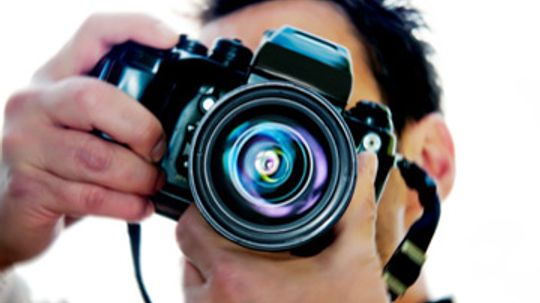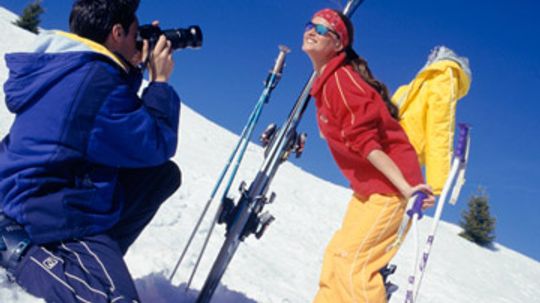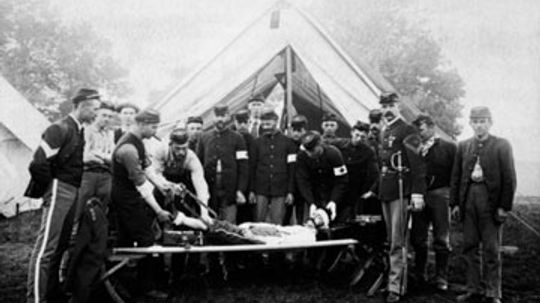Cameras & Photography
A good photo is part art, part science. Whether you like to manually focus and carry a slew of lenses in a Tamarac bag or go digital and let a high-tech camera do the work for you.
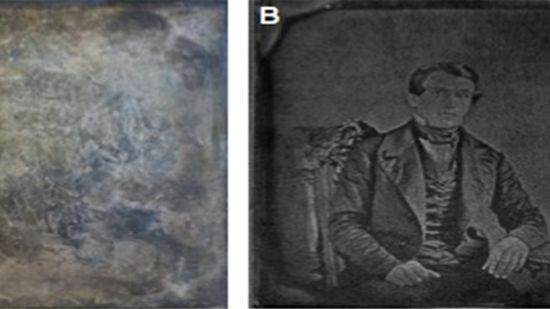
New Technology Revives Tarnished Daguerreotype Ghosts
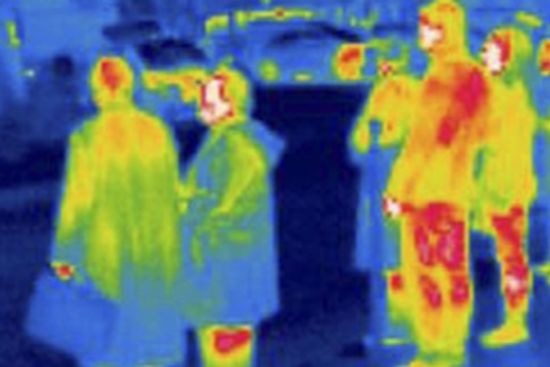
How Thermal Imaging Works
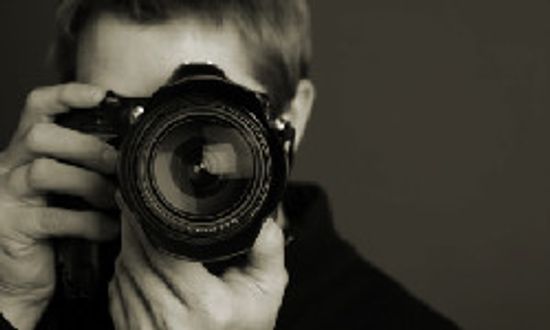
Cool Camera Stuff Pictures

How Skycam Works
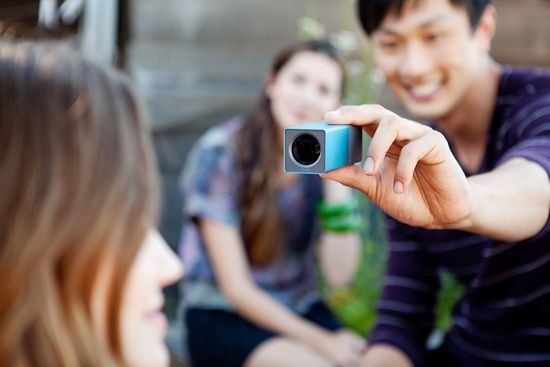
How the Lytro Camera Works
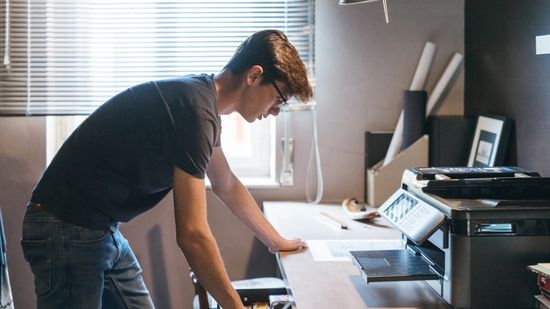
How to Calculate Image Size and PPI when Printing

13 Iconic Photographs That Captured the World's Imagination

What is a tilt-shift photography lens?
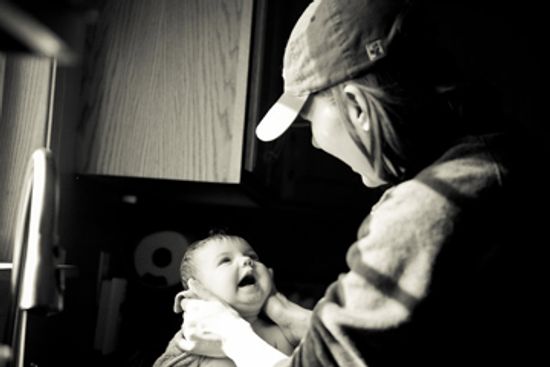
5 Tips for Storing and Sharing Photos in the Cloud
Learn More
The images of our ancestors are locked away and disappearing on tarnished silver plates. Scientists have found a way to bring them back to life.
By Carrie Tatro
Among the millions of pictures taken every year, some capture our hearts and stand the test of time. Here are the stories behind 13 of the most iconic.
Televised sports coverage offers amazing aerial views of all the action. How are those dazzling angles captured? It's a bird ... it's a plane ... it's Skycam.
Advertisement
Thermographic cameras detect infrared light (or heat) invisible to the human eye. How can the camera's sensors register temperature at a distance, and how can the tech be used?
The Lytro camera has attracted attention for its ability to let viewers focus on different aspects of a photo after it has been taken. How is the device different from traditional cameras, and how does it operate?
Tilt-shift photography takes the power of the angle to an extreme. By altering the plane of focus of a photograph and distorting the perspective, tilt-shift photography can make a normal scene look like a miniature model set.
Cloud photo storage allows you to share photos readily and safeguard them from digital disaster. In this article, we'll share tips for navigating cloud-based photo services.
Advertisement
Look through a door's peephole and you'll see how a fisheye lens can distort a scene while providing a 180-degree view. So how are these lenses used?
High drama and dim light are the hallmarks of film noir, and those elements are also vital to film noir photography.
A red rose, a green eye, a gold ring: Against a black-and-white background, colored objects command attention. How can you create this effect at home?
The longer a camera's shutter stays open, the more light it takes in, and photographers use that fact to create breathtaking images, capturing the beauty of motion. What are the best pro tips for creating eye-popping photos using slow shutter speed?
Advertisement
You've made a picture on your computer, pasted it into a Word document and would like to know how to place a watermark on the picture. Here's how to place a watermark on pictures.
By Marie Look
If you know how to calculate image size and PPI when printing, you'll be sure that your printed photos are crisp and vibrant. Learn about how to calculate image size and PPI when printing in this article.
Even the best camera needs a good photographer to capture the best images possible. No matter your skill level, you still need to know the basic photography terms and tenets. Here are 10 of the most important ones.
Digital cameras allow amateurs to produce stunning photos worthy of the pros. It takes more than a camera, though. Here are photography techniques to know!
By John Kelly
Advertisement
We'll tell you how you can take better pictures by taking advantage of the light sources you have available to you -- and by using a few tips and tricks when the lighting is less than ideal.
Sure, action shots make great photos. But some of the best pictures are of common, everyday items -- this is the case for still life photography.
By Jane McGrath
Maybe you've seen ads for online photography courses and considered signing up. But will you learn something about photography on a computer, or is it better to go to an actual classroom?
By Jane McGrath
Do you want to make a new photo look as though it was taken in the early 1900s? You're looking for the sepia tone effect - and all it takes is a special chemical soak or a few clicks on the computer to get it. Learn how today!
Advertisement
When you look at a photograph, consider all of the visual elements that make it so striking: light versus dark, red against blue, black on white. How do we make these things that seem to clash work so harmoniously on paper?
By Dave Roos
In consumer optical devices like cameras and telescopes, aperture is an incredibly important concept. But what is it, exactly? Let's find out!
When you take a photo and hear that distinctive click, you're really hearing the sound of the camera's shutter opening and closing in a fraction of a second. That shutter speed can dramatically alter photo quality - and fortunately, you can control it!
ISO speed is one of three things that determine the quality of your photos. How can you control ISO speed to get the best shots possible? Learn all about it here.
By Dave Roos
Advertisement
The best photographers feel a need -- a need for ideal film speed. But what is film speed and why does it matter?
Photos of all kinds can capture memories, and there's something particularly endearing about family photos (especially really old ones). But what happens when those delicate old prints get damaged? What's the best way to restore them, and can you do it yourself?
